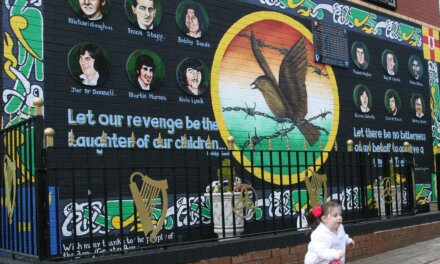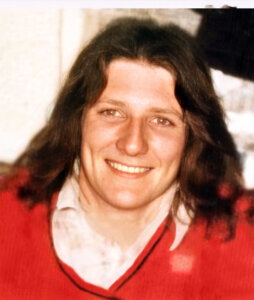The ‘Morning Star’ newspaper published a feature on last weekend’s meeting in London addressed by former IRA prisoner Seanna Walsh after a showing of the film ‘Hunger’. Here is the article in full.![]()
STEVE McQueen’s film Hunger, which is about former IRA prisoner Bobby Sands’s fast to the death in 1981, has been widely acclaimed, but Seanna Walsh offered an emotional insider’s critique of the film at the Rio Cinema in London’s Dalston on Saturday, highlighting the weaknesses that prevented a good film being truly great.
Walsh was a friend of Sands and is a former IRA prisoner. He endured the “blanket” and no-wash protests between 1976 and 1981 and he was prison OC (commanding officer) in the immediate aftermath of the hunger strike.
McQueen’s piece focuses almost entirely on the physical and mental suffering caused by the isolation and boredom of prison and the ordeal of the protests and the slow torture that is a hunger strike. But Walsh’s analysis and anecdotes fill in the gaps to give a more complete perspective.
He first points out the most obvious omission. Hunger is devoid of any meaningful political and historical context.
After the onset of The Troubles in 1969, jails filled with republican prisoners and the conditions led to a 1973 hunger strike through which the IRA won prisoner-of-war status for its captured volunteers.
But, in 1976, the then Labour government removed what they named Special Category Status in an attempt to criminalise the republican struggle and defeat the IRA. The protests were a reaction to this.
Walsh dutifully explains all this, but his main critique of the film focuses on the prisoners themselves, their solidarity and motivations. What kept them going for five whole years in such horrendous conditions? The answer, in a word, was comradeship.
Walsh recounts with nostalgia and emotion the solidarity and bonds that kept the men in jail going while “locked in a cell 24 hours a day with four walls and your mind.”
In between the beatings and while living in their own shit would be story-telling, Irish lessons, political discussion and debates.
“We even used to play bingo,” he says, laughing out loud.
But the most poignant moment in the discussion comes when Walsh identifies what the protest was about and what McQueen hardly picked up on at all.
“What you couldn’t see in the film were the bells on the walls of the cells,” describes Walsh, adding: “All prison cells have them and, if a prisoner rings one, a screw must come to see what they want, no matter what. It could be due to sickness or any other reason.
“What you don’t get from the film, which is crucial to understanding the blanket protest and the hunger strike, is that, at any time over those five years, any prisoner could ring the bell, say, ‘right, I’ve had enough.’ The screw would then take them down to the showers, give them prison clothing and they would be issued with a clean cell.”
They would also get the 50 per cent remission for conforming to the regime. That is, they would only serve half their sentences for behaving. The brutal conditions would end in a whisker.
Hunger misses that. The protest was about suffering and punishment, but it was also about resistance, protest and a fight for freedom.




